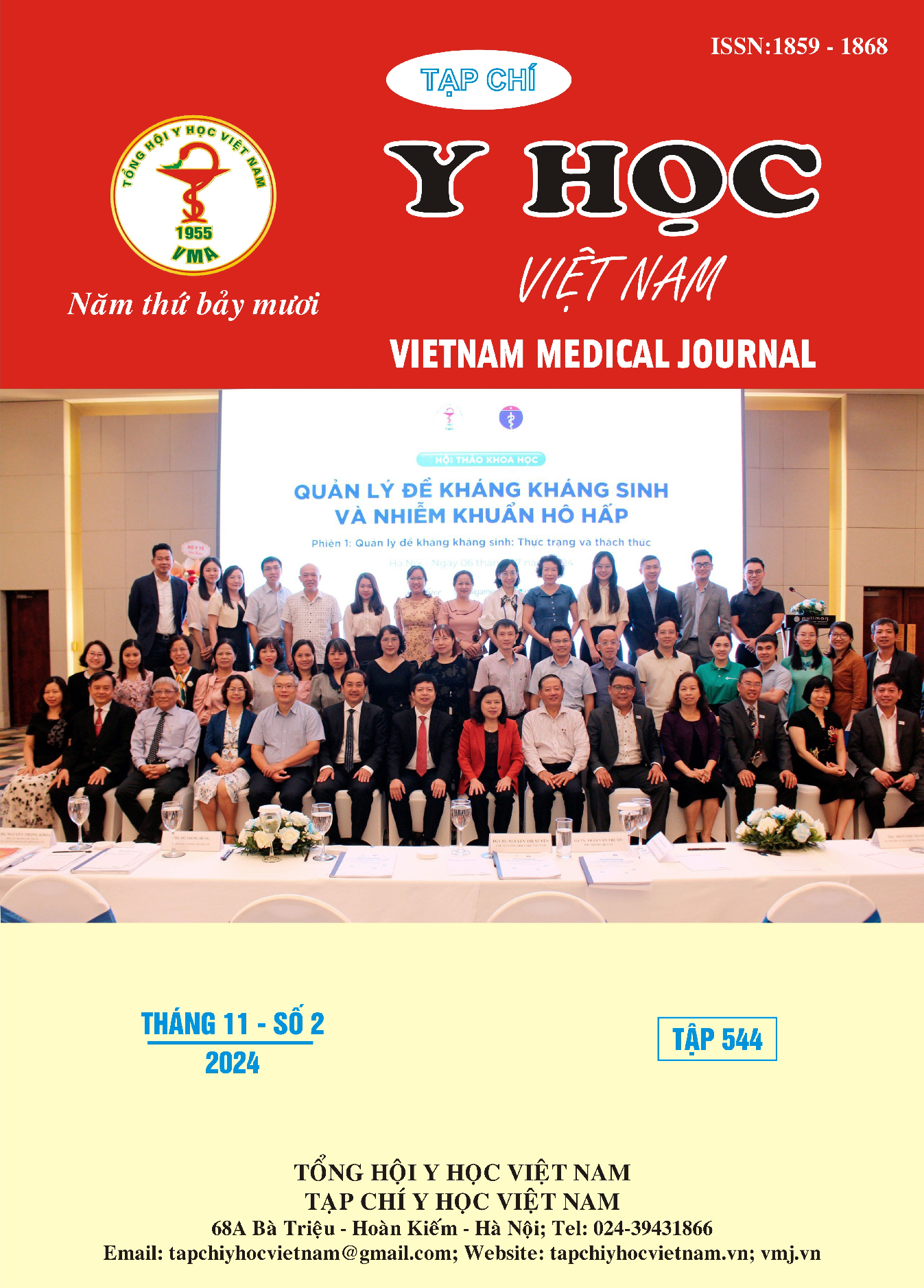ĐÁNH GIÁ CHỈ SỐ ĐỘ KHÓ NHỔ RĂNG KHÔN HÀM DƯỚI CÓ CHỈ ĐỊNH MỞ XƯƠNG THEO PEDERSON CẢI TIẾN TẠI VIỆN ĐÀO TẠO RĂNG HÀM MẶT NĂM 2023-2024
Nội dung chính của bài viết
Tóm tắt
Mục tiêu: Phân tích độ khó nhổ răng khôn hàm dưới (RKHD) có chỉ định mở xương tại Viện đào tạo Răng Hàm Mặt năm 2023 – 2024. Đối tượng và phương pháp nghiên cứu: Nghiên cứu mô tả chùm ca bệnh. Bệnh nhân có răng khôn hàm dưới mọc lệch, hoặc ngầm một phần hay toàn bộ, có chỉ định phẫu thuật nhổ răng có mở xương được đánh giá qua thăm khám lâm sàng và chụp phim X quang CT Cone beam với đặc điểm tư thế răng khôn (hướng lệch, độ lệch, kiểu chìm), tình trạng thân chân răng (số lượng, hình dạng), góc giữa trục răng hàm lớn thứ hai và răng khôn hàm dưới, khoảng rộng xương phía xa răng hàm lớn thứ hai hàm với kích thước gần xa của răng khôn hàm dưới, mức độ tiêu xương (nếu có) ở mặt xa răng hàm lớn thứ hai, tương quan của ống thần kinh răng dưới và chân răng khôn hàm dưới, mật độ xương chân răng khôn hàm dưới. Kết quả: Độ tuổi trung bình của bệnh nhân là 19,9. Tỷ lệ răng khôn hàm dưới mọc lệch gần chiếm tỉ lệ cao nhất: 51,5%. Hình dạng chân răng 2 chân cụm thuôn chiếm tỉ lệ cao nhất: 56,2%. Chiếm đa số trong phân loại về độ sâu răng khôn là loại A2 với tỉ lệ 65,6%. Phân loại răng khôn hàm dưới theo chiều ngang có loại II chiếm tỉ lệ cao nhất: 56,2%. Đa số chân răng khôn hàm dưới không tiếp giáp với ống thần kinh răng dưới với tỉ lệ 62,5%. Mật độ xương trong nghiên cứu chiếm tỉ lệ đa số là loại DI (87,6%). Phần lớn răng khôn hàm dưới có khoảng sáng dây chằng quanh răng giãn rộng (59,4%). Về đặc điểm mức độ khó nhổ RKHD, đa số RKHD thuộc mức độ khó trung bình chiếm 71,9%, rất khó chiếm 28,1%. Kết luận: Răng khôn hàm dưới thuộc độ khó trung bình chiếm 71,9%, rất khó chiếm 28,1%.
Chi tiết bài viết
Từ khóa
: răng khôn hàm dưới, X Quang, độ khó, mở xương.
Tài liệu tham khảo
2. Hà Ngọc Chiều, Nguyễn Đình Phúc, Nguyễn Mạnh Cường và cộng sự. Đặc điểm lâm sàng và cận lâm sàng răng khôn hàm dưới mọc lệch ngầm. VMJ. 2023; 526(2). doi:10.51298/ vmj.v526i2.5584
3. Nguyễn Mạnh Phú, Nguyễn Thị Phương Thảo, Đinh Thị Thái và cộng sự. Đặc điểm lâm sàng, cận lâm sàng răng khôn hàm dưới mọc lệch theo Parant II-III. VMJ. 2023;525(1B). doi:10.51298/vmj.v525i1B.5098
4. Santos KK, Lages FS, Maciel CAB, et al. Prevalence of Mandibular Third Molars According to the Pell & Gregory and Winter Classifications. J Maxillofac Oral Surg. 2022;21(2):627-633. doi:10.1007/s12663-020-01473-1
5. Vũ Minh Hoàng, Vũ Anh Dũng. Đánh giá kết quả phẫu thuật răng 8 hàm dưới mọc lệch, mọc ngầm sử dụng tay khoan phẫu thuật chếch góc tại Bệnh viện Đại học Y Thái Bình. Tạp chí Y dược Thái Bình. 2021(01):64-68.
6. Kim JY, Yong HS, Park KH, et al. Modified difficult index adding extremely difficult for fully impacted mandibular third molar extraction. J Korean Assoc Oral Maxillofac Surg. 2019;45(6): 309-315. doi:10.5125/jkaoms.2019.45.6.309
7. Renton T, Smeeton N, McGurk M. Factors predictive of difficulty of mandibular third molar surgery. Br Dent J. 2001;190(11):607-610. doi:10.1038/sj.bdj.4801052
8. Carvalho RWF, do Egito Vasconcelos BC. Assessment of Factors Associated With Surgical Difficulty During Removal of Impacted Lower Third Molars. Journal of Oral and Maxillofacial Surgery. 2011;69(11): 2714-2721. doi:10.1016/ j.joms.2011.02.097


